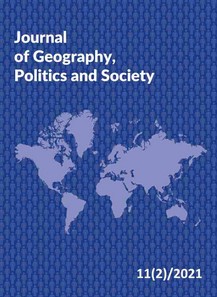THE TYPES OF FERTILITY PATTERNS IN EUROPE
THE TYPES OF FERTILITY PATTERNS IN EUROPE
Author(s): Anna MajdzińskaSubject(s): Evaluation research, Family and social welfare, Demography and human biology
Published by: Wydawnictwo Uniwersytetu Jagiellońskiego
Keywords: demographic processes in European countries; fertility patterns; family formation processes; typology;
Summary/Abstract: The aim of this paper is to present the types of fertility patterns that characterise European countries and their NUTS-1 units in the early 21st c. and in the near future. The types of fertility patterns were defined by ordering six five-year age groups of women aged from 15 to 44 years, according to the groups’ fertility rates (from the highest to the lowest). The analysis resulted in the creation of 14 different types of fertility patterns. Countries located in the same European region tend to have the same or similar type of fertility pattern. In most European countries, the postponement transition can be observed, and it will probably continue in the future. Differences between the fertility rates of the age groups were assessed within countries and between countries with the same type of fertility pattern by calculating the so-called fertility rate ratios. The paper also provides an overview of the main theories and concepts explaining the course of family formation processes in Europe and indicates factors that shape fertility patterns in European countries today.
Journal: Journal of Geography, Politics and Society
- Issue Year: 11/2021
- Issue No: 2
- Page Range: 50-66
- Page Count: 17
- Language: English

